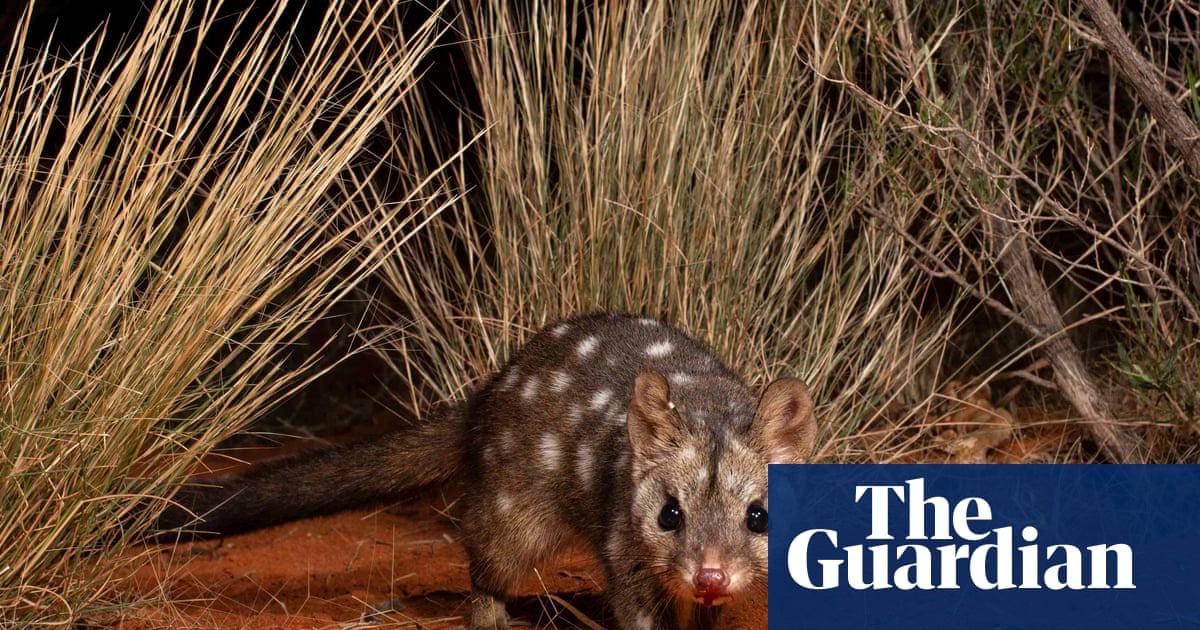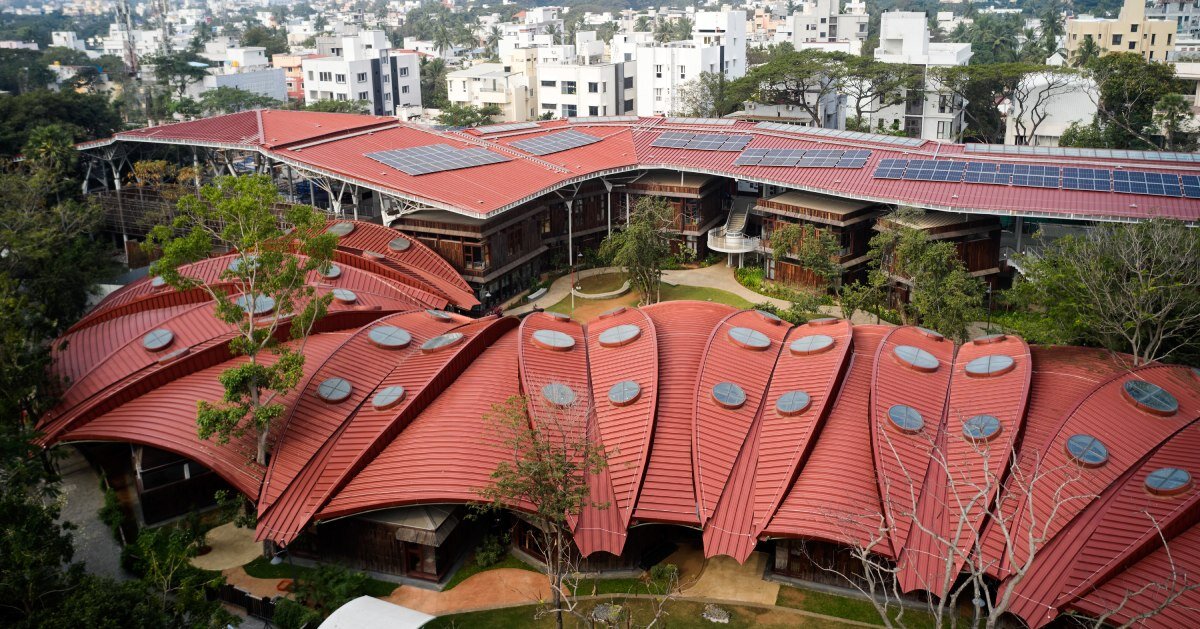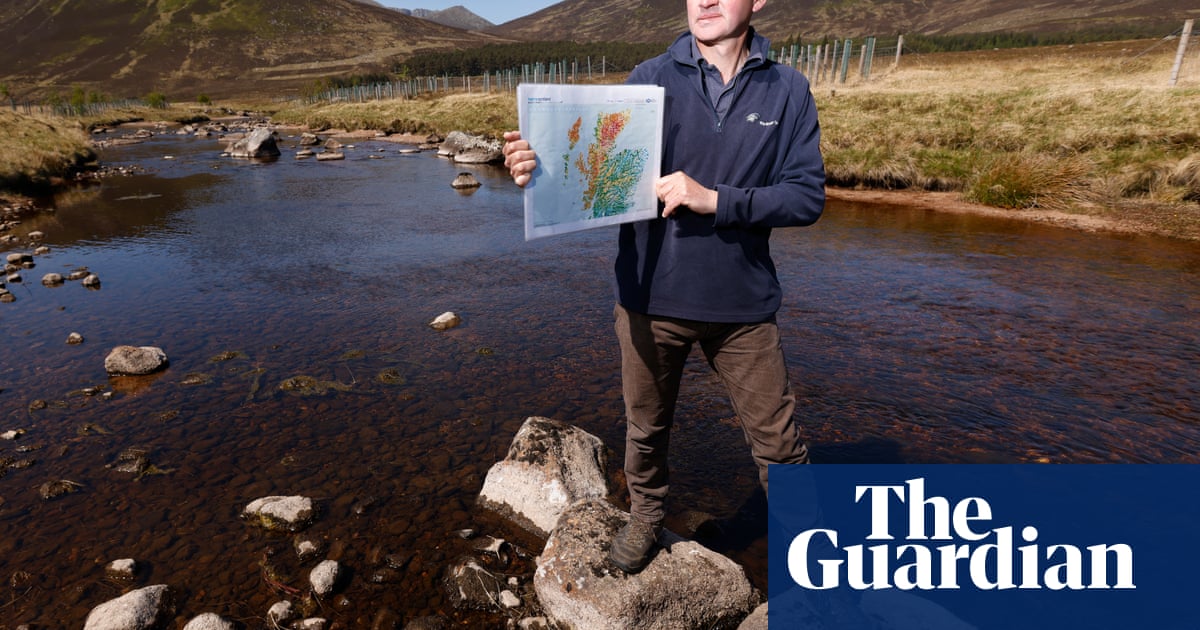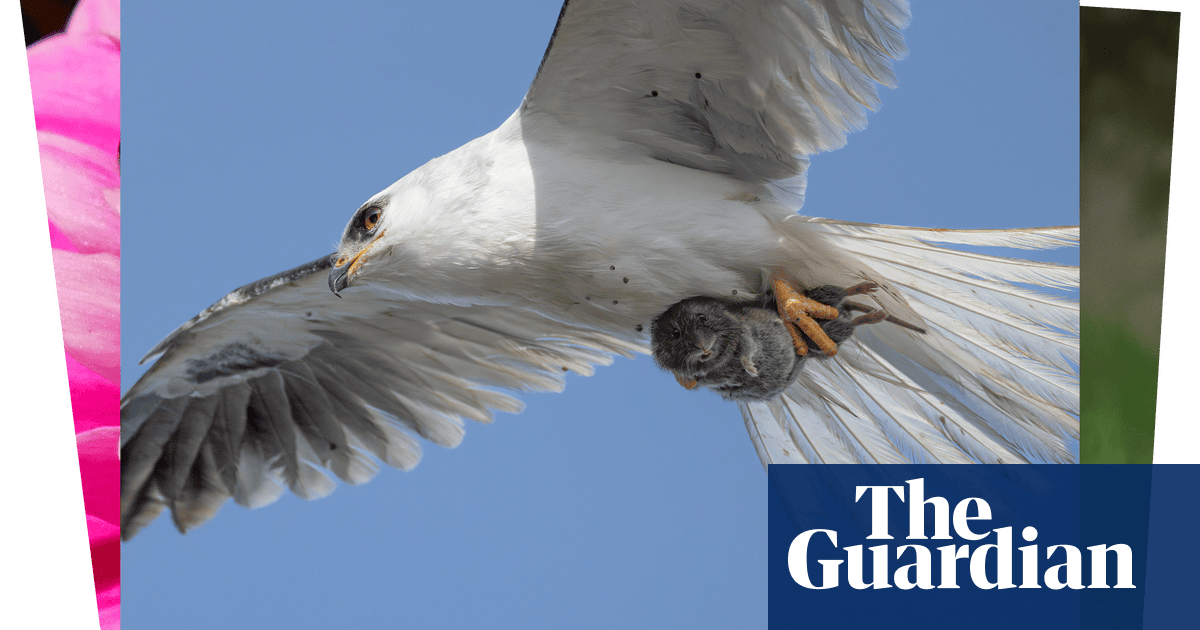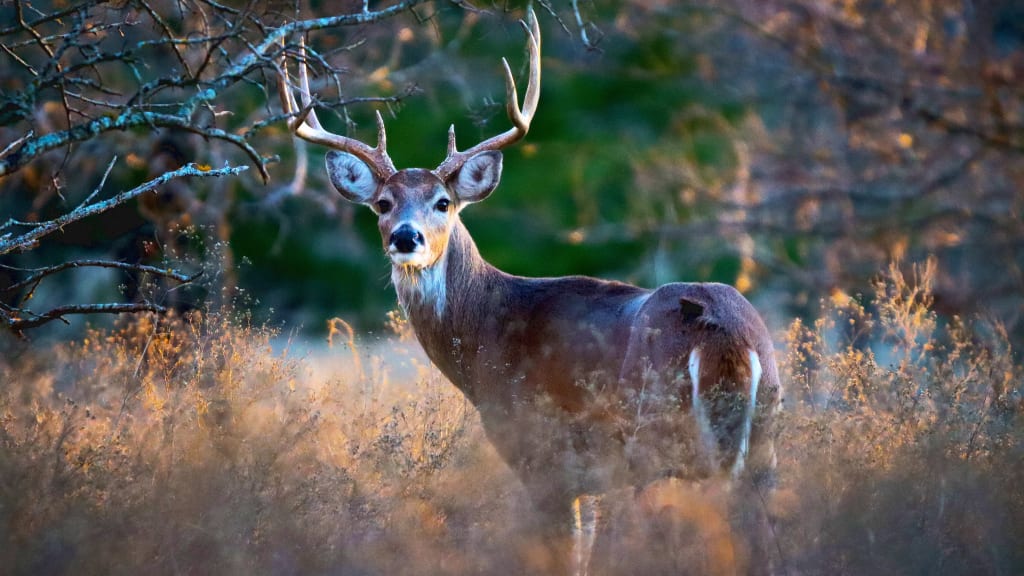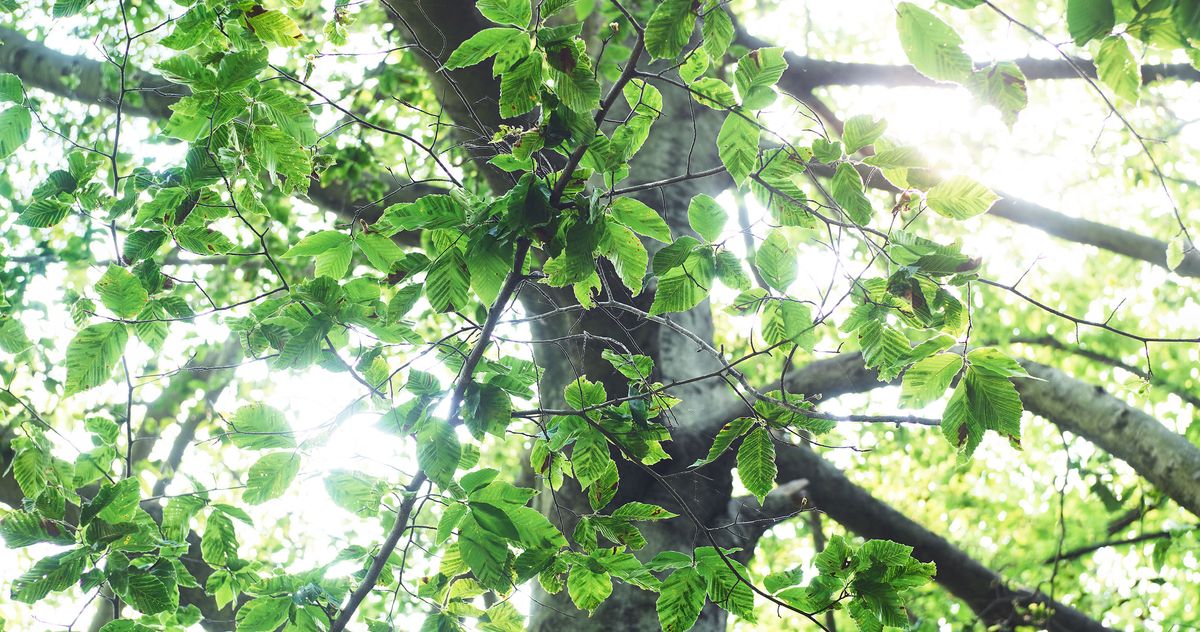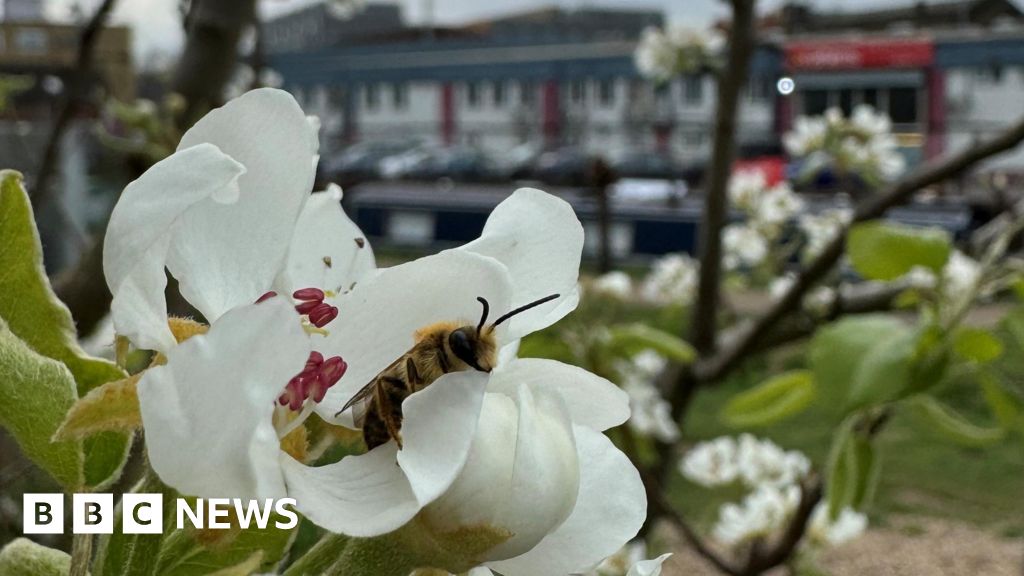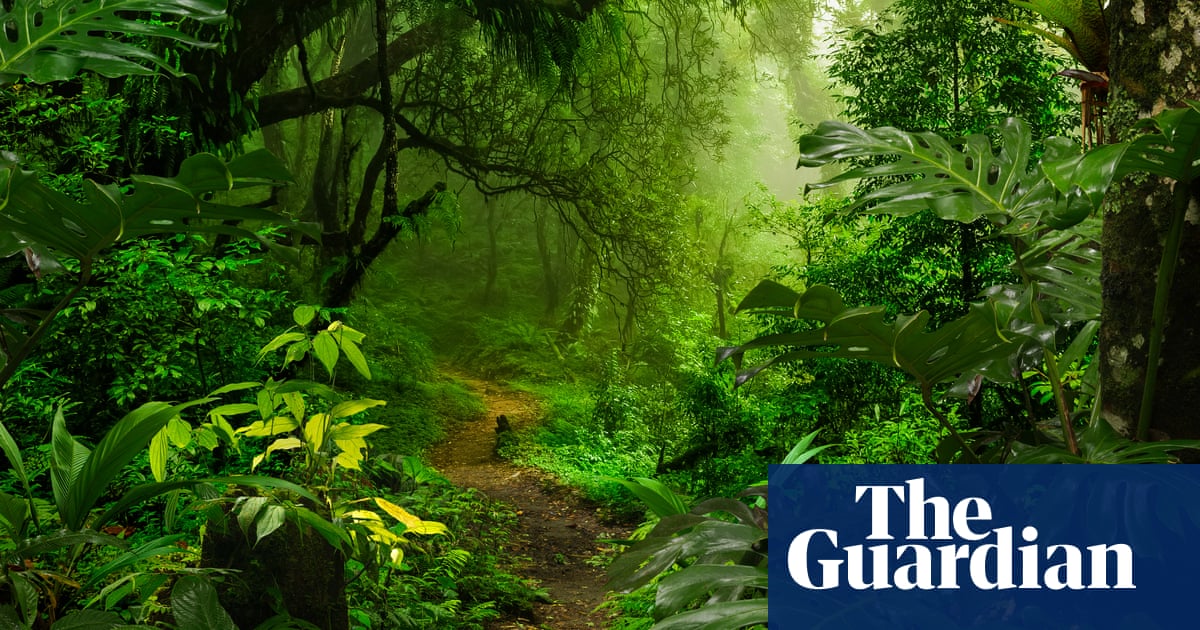#ecology
#ecology
[ follow ]
#conservation #biodiversity #architecture #climate-change #invasive-species #wildlife #wildlife-conservation
Science
fromDesign You Trust - Design Daily Since 2007
1 week agoSpectacular Winning Images of the Royal Society Publishing Photography Competition 2025
The 2025 Royal Society Publishing Photography Competition revealed scientific wonders through striking images spanning Astronomy, Behaviour, Earth Science, Ecology, and Microimaging.
fromwww.theguardian.com
1 month agoDevelopers met ministers dozens of times over planning bill while ecologists were shut out
The government's planning bill will reach its final stages before it is given royal assent in the coming days, after months of tussling between ministers, nature groups and ecologists. The government has promised to rip up the rules to allow 1.5m homes to be built by the end of this parliament as part of its push for growth. As last-minute wrangling over the reforms continues, peers have secured a key amendment that would ensure species such as dormice, nightingales and hedgehogs,
UK politics
Design
fromdesignboom | architecture & design magazine
1 month agodesignboom radar: exhibitions to see around the world this november
November exhibitions worldwide explore intersections of art, design, and architecture through material and memory, highlighting retrospectives, surveys, and experimental design across generations.
fromwww.theguardian.com
1 month agoKeeper review a sparkling ecological fantasia of pure imagination
The world of Keeper looms from the screen like a dream coloured by psilocybin. Here is a gnarled landmass of bubblegum blues, powder pinks and strange, luminous beasts, where evolution seems to occur at light speed. This world's considerable beauty is amplified by how it is rendered: like a 1980s fantasy movie filled with charmingly handmade practical effects. Keeper is the latest title from Double Fine, maker of trippy platformer Psychonauts 2, Kickstarter sensation Broken Age and many other idiosyncratic titles.
Video games
fromOpen Culture
2 months agoExplore the Fascinating Map of Fungi: An Introduction to the Vast Mushroom Kingdom
Yes, this big map depicts the realm of the humble mushroom, which "shares the forest with the plants and the animals, but it's not a plant, and it's not an animal." And the mushroom itself, like we're used to seeing sprouting beneath our feet, is only a small part of the organism: the rest "lives hidden, out of sight, below ground. Beneath every mushroom is a fungal network of hair-like strands called the mycelium," which begins as a spore.
Science
fromNature
3 months agoHow a self-taught biologist transformed nature writing - and inspired Darwin
The first person to identify harvest mice ( Micromys minutus), Gilbert White was an eighteenth-century English curate and naturalist who has been called the 'father of ecology'. Yet records from his student days show that he was not so much a quiet country gentleman as a lad about town, losing money at cards and buying fancy waistcoats. In her grandly illustrated book A Year with Gilbert White, historian Jenny Uglow looks between these extremes to investigate who White really was.
Books
Arts
fromJuxtapoz
3 months agoJuxtapoz Magazine - Preview: Elizabeth Glaessner "Running Water" @ PPOW, NYC
Water dissolves boundaries between body, landscape, memory, and present, revealing porous exchanges, miraculous transformations, and humanity's inextricable link to compromised hydrological systems.
fromwww.mercurynews.com
4 months agoOpinion: We know how to coexist with bears and wolves. Will we kill them instead?
Humans have an emotional relationship with predators, simultaneously revering and demonizing them. We buy over 100 million teddy bears annually for children, while hunting 50,000 real bears yearly.
Environment
fromwww.theguardian.com
4 months agoIn Ukraine's bombed out reservoir a huge forest has grown is it a return to life or a toxic timebomb?
The Great Meadow, once submerged, is now a young forest, symbolizing an ancient landscape lost to the Soviet Union's Kakhovka dam and later revealed by the explosion of the Nova Kakhovka dam, showcasing the dual nature of ecological regeneration and potential hazards.
Environment
fromsilive
4 months agoFrom opposition to collaboration: Staten Island's Protectors of Pine Oak Woods turns 50
"In the beginning, we were litigious, we were out protesting, and that has kind of changed over the decades and we've turned into an organization that primarily does its work behind the scenes."
Environment
fromdesignboom | architecture & design magazine
5 months agoraphaelle peria carves nature's decay onto photos in BMW's les rencontres d'arles exhibition
'There is a big problem here: there is a mushroom with a disease that came in the trees, and they will die in a few years. We don't know exactly when, and if we don't find a solution for this mushroom, so we have to cut down all the trees.'
Environment
fromwww.theguardian.com
5 months agoShark! Celebrity Infested Waters: I'm absolutely hooked by this cheeky, danger-packed reality show
The show knows that's why we love them. You can feel it straining against its moral imperative to educate us as to why these beasts are mostly harmless, necessary and misunderstood.
Film
Photography
fromDesign You Trust - Design Daily Since 2007
5 months agoBeautiful Nature-Winning Photos from the 2025 BigPicture Natural World Awards
The 2025 BigPicture Natural World Awards celebrate diverse and stunning photography of nature, emphasizing ecological significance and the need for preservation.
fromwww.theguardian.com
5 months agoExtinction crisis' could see 500 bird species vanish within a century report
The extinction crisis is unprecedented in modern times, with over 500 bird species potentially vanishing due to habitat loss, increasing this number threefold from past centuries.
World news
Science
fromwww.independent.co.uk
5 months agoGarden slugs and snails could now be considered venomous, study finds
Many species previously deemed harmless may be recognized as venomous, altering our understanding of venom.
New definitions of venom could expand classifications significantly in evolutionary research.
frombrooklyneagle.com
5 months agoPREMIUM Retired NYC Parks Chief Naturalist gives firsthand account of Marine Park history
Feller emphasized that the transformation of Marine Park from a garbage dump to a vibrant natural habitat reflects significant ecological resilience and community interest.
NYC politics
Data science
fromHackernoon
1 year agoMachine Learning for the Birds: Building Your Own Bird Vocalization Classifier | HackerNoon
The BirdCLEF+ 2025 competition seeks to enhance bird vocalization classification beyond existing models.
Audio-based species identification is significantly more effective than visual methods among experts.
Pets
fromenglish.elpais.com
6 months agoIbiza's iconic wall lizards are being wiped out by an invasive snake that's already on 90% of the island
The invasive horseshoe whip snake is dramatically threatening the Ibiza wall lizard population.
The invasion's rapid progression could lead to the extinction of endemic lizards on Ibiza.
World politics
fromeuronews
6 months agoIs Afghanistan's future canal the final nail in Aral Sea's coffin?
The construction of the Qosh Tepa Canal poses severe threats to water security in Central Asia.
Redirecting river flow for irrigation may lead to conflict and economic hardship.
Collaboration among Central Asian countries is essential to address water scarcity.
fromLos Angeles Times
6 months agoReview: 'When It All Burns': Sobering lessons about growing fire dangers from the front lines
In the past two decades, wildfires have been doing things not even computer models can predict, environmental events that have scientists racking their brains for appropriately Dystopian technology: firenados, gigafires, megafires.
Books
[ Load more ]



